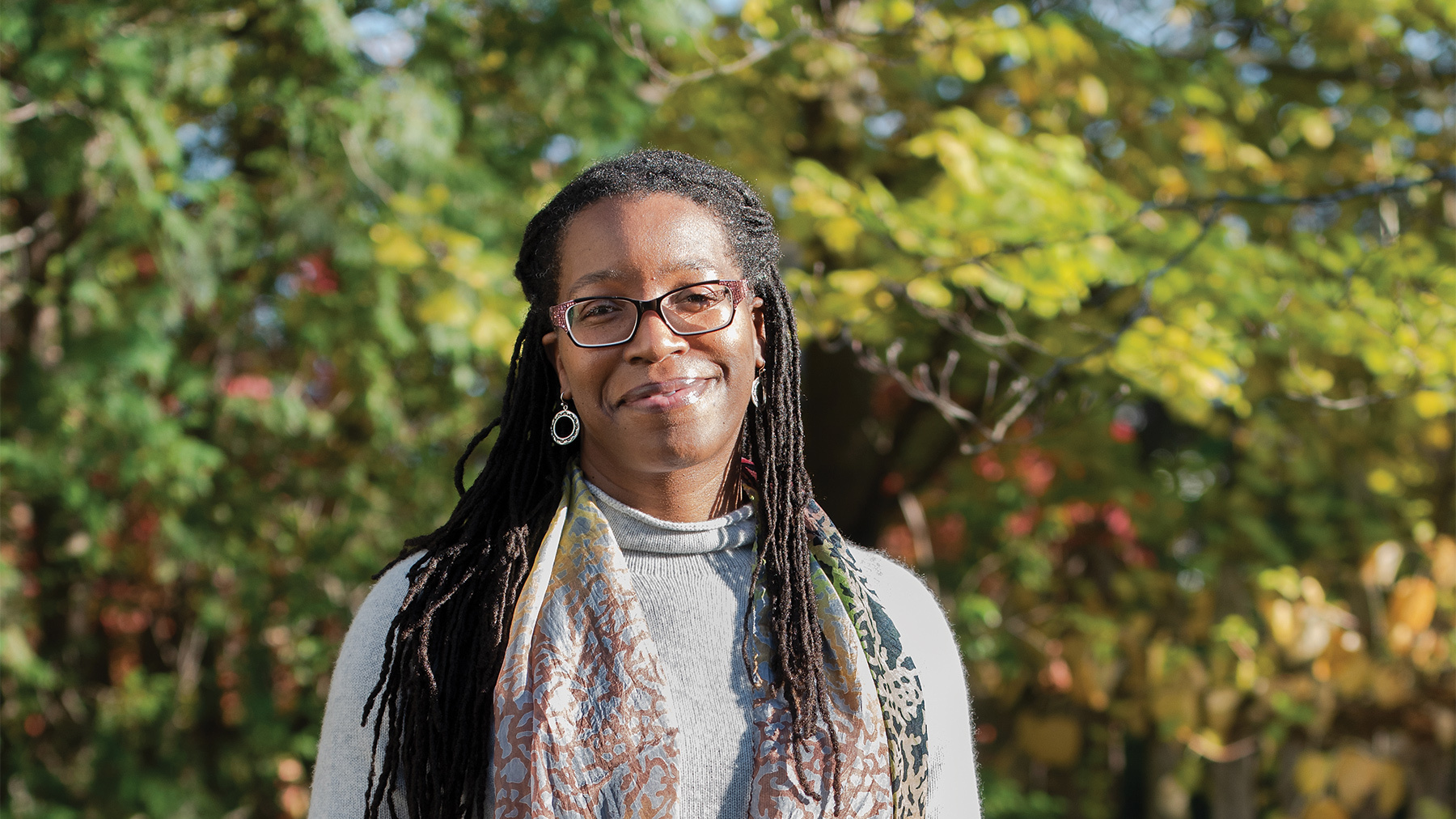Thanksgiving will be different this year. We will gather in homes far quieter, around dining tables far emptier, and perhaps sit before meals rather smaller than in 2019. The coronavirus and economic upheaval compel us to reconsider Thanksgiving traditions and reinvent how we will come together this year.
But a deeper reflection on how we engage in national culture has benefits, too. Thanksgiving is a holiday long past due for an overhaul.
In elementary school, we were taught the story of the Pilgrims and their meal of communion with friendly Indians, who are often not mentioned by name. But, as scholars of Native American history have noted, the generally held conception of an original Thanksgiving in which strangers shared a celebratory meal to establish a lasting peace is based on a misunderstanding of early relationships between Wampanoag residents and English newcomers at Massachusetts Bay.
The famous seventeenth-century meal that today’s Thanksgiving holiday commemorates was occasioned by the fraught tensions of geopolitics. The Wampanoag leader Massasoit confronted a deadly epidemic and political pressure from the Narragansetts, so he struck a political agreement with the English. Wampanoags arrived at Plymouth village that autumn day in 1621 to uphold their end of a mutual defense compact.
The two groups broke bread on the shaky ground of strategic alliance. In time, the better-armed English settlers aggressively expanded their towns and farms.
Wampanoag leader Pumetacom (Ousamequin’s son), allied with Narragansetts and Nipmucks in a war against the colonists with catastrophic consequences for Native fighters and non-combatants. Thousands would be killed or sold into slavery in the conflict, which ended Indigenous independence in New England. It is no wonder that some Native American families see Thanksgiving as a day of mourning.
Even before this major war, slavery had laid the groundwork for the “First Thanksgiving.” Tisquantum (or Squanto), the legend we learned about in school, served as translator between the Wampanoag and English, having gained proficiency through his own previous capture and enslavement in England. Mariners hunting for enslaved people trolled the coastline, and acquiring captives became a motivating factor in colonial warfare in the early 1600s. The enslavement of Native people allowed New Englanders to enter a lucrative international trade with the Caribbean islands. As New Englanders imported sugar and exported raw materials like wood, they were also shipping out enslaved people. In 1638, just one year after the Pequot War that resulted in Native captives being distributed to households across New England, a Salem-based ship delivered the first documented Africans to arrive in Massachusetts. And in 1641, the Massachusetts Bay Colony legalized slavery.
Many of us imagine American slavery as a solely Black tragedy, but it was also a Native American experience. The enslavement of Indigenous people across the terrain of the present-day U.S. preceded African enslavement and proliferated as European settlers from England, Holland, France, and Spain arrived, took stock, and determined to stay in a land rich with natural resources but already claimed by hundreds of nations.
In October, the Southern Poverty Law Center’s documentary film, The Forgotten Slavery of Our Ancestors, presented the topic for educators and students. Director Howdice Brown III, an Iñupiaq (Alaskan Native) filmmaker, considered the project a personal charge, to introduce people to this important and multi-faceted history. “I want everyone who lives on this land to think critically and deeply about our history, and how it impacts our present and our future,” Brown said.
The story of a mythic Thanksgiving overshadows this complex history of dispossession. As Americans who share a common fate, none of us are better for holding on to what historian Philip Delora has called “a fable of interracial harmony.” Misconception about the past blinds us to each other’s pain, blocks empathy, and solidifies division. We can choose to turn the page and begin a new chapter in which we see the many sides of our past — not to cast blame, but to recast civic relationships.
Despite deadly epidemics, centuries old and crushingly new, as well as a novel form of political intrusion imposed when the Trump Administration attempted to strip the Mashpee Wampanoag of tribal lands guaranteed them by President Barack Obama, the Wampanoag people persist. Mashpee Wampanoag Tribal Chairman Cedric Cromwell said last month in an interview with Native Business Magazine: “The Wampanoag nation is known for meeting the pilgrims and creating this national holiday Thanksgiving. In fact, the Wampanoag Nation was the Tribe that gave up the first piece of land to form the colonies, which was the anchor to build the United States of America.”
This Thanksgiving, as we gather on video screens and telephones, or masked and distanced, we can inaugurate another new custom: pledging to defend the rights of Native people, our neighbors and relatives, whose losses, forbearance, generosity, and survival are the ground on which this nation stands.
Tiya Miles is Radcliffe Alumnae Professor in the Department of History at Harvard University and author of “All That She Carried: The Journey of Ashley’s Sack, A Black Family Keepsake,” forthcoming from Random House.
Photo by Ilene Perlman


